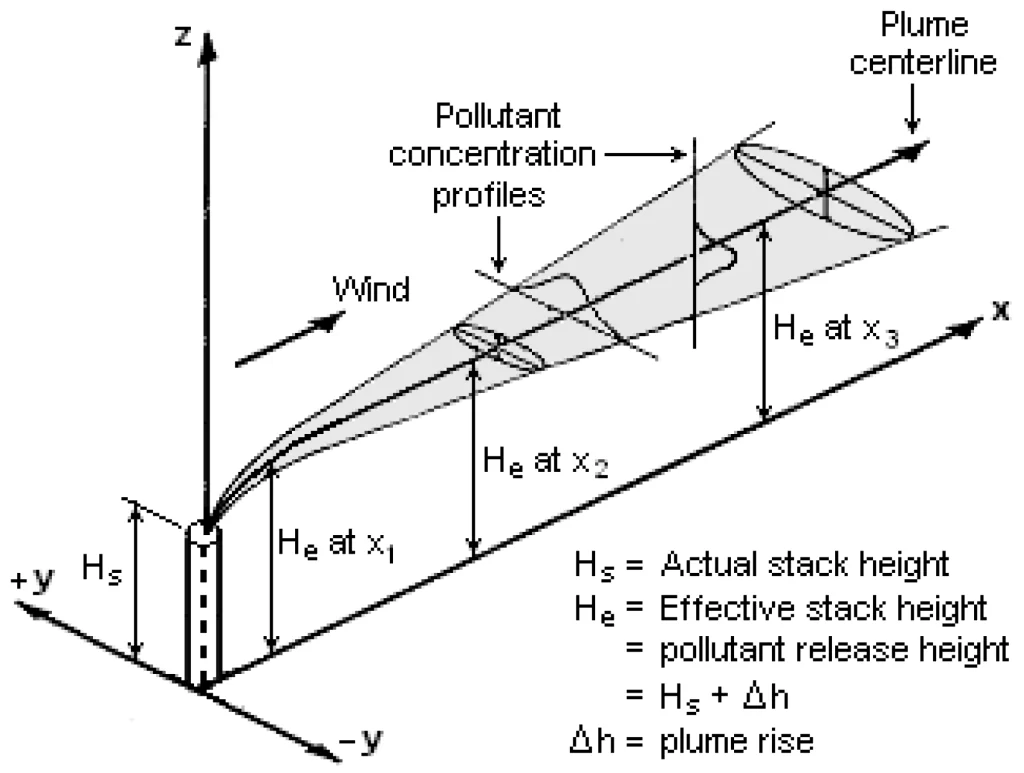Wind Turbine Design and Analysis
Mech Tech Solution consulting services can deliver clients with invaluable data, upfront, for both horizontal and vertical axis wind turbines (HAWT and VAWT) on aerodynamic performance of individual blade geometries, prediction of power output coefficients, stall regulation, and wake interaction effects.
Mech Tech Solution has the expertise and experience to meet the requirements of the renewable energy industry and help you maximize the energy potential from wind turbines by identifying which wind turbine projects to use.


Bluff body aerodynamics
Bluff body aerodynamics is the most critical subject in the field of fluid mechanics. This subject focuses on the interaction of air and bodies. You can also see the applications of aerodynamics in designing vehicles, different kinds of turbines and compressors, wings, airplanes, and any flying object. Also, Achieving a complete understanding of fluid flow is of great interest and is possible through analytical, experimental (using appropriate wind tunnel) investigations and CFD simulations. In many applications, CFD enables us to accomplish detailed aerodynamic measurements, especially aerodynamics forces and make accurate predictions of the airflow effect on bodies. Our services contain CFD simulation and optimization of shape and design parameters.
Mech Tech Solution has the expertise and experience to meet the requirements of the renewable energy industry and help you maximize the energy potential from wind turbines by identifying which wind turbine projects to use.
Acoustic Simulation
Aero- and vibro-acoustics is a discipline that investigates noise generation and propagation by either turbulent fluid motion or aerodynamic forces interacting with surfaces. Our CFD team has expertise in both aero and vibro-acoustic analysis of various structures such as sound transmission in walls and the sound generation of machines.


Structure analysis
We analyzed all type of structure using CFD tools. Including stress distribution, effect of high velocity impact on structure, fatigue analysis, and calculate parameters based on client requirement.
Aero-engine design
We provide detailed guidelines for the design of micro and macro gas turbines used for both jet propulsion and power production. We use turbo-machinery design tools with hand calculations and perform complete design simulations in CFD tools. We provide guidelines from concept to manufacturing of Gas Turbine Engine.


Urban wind flow assessment
Computational Fluid Dynamics (CFD) has always been used in the field of architecture, urban design and urban planning to understand the patterns of wind flow through the built environment. Its analysis is important to evaluate whether the natural ventilation through a site is adequate to mitigate heat and pollutant to achieve better human comfort in dense urban environments.
Pollution dispersion analysis
CFD (Computational Fluid Dynamic) modeling is used to simulate the movement and flow of gases and liquids and associated heat and mass transfer process. In the built environment we often need to understand air movement and its effects on temperature distributions and dispersion/mixing of gasses, smoke and other pollutants.
Our CFD team guidelines will help us to determine whether pollutant emissions from an existing or proposed facility comply with the relevant standards or not. They can also help us to design effective control strategies to reduce emissions of any harmful air pollutants.


Fluid-Structure interaction
Fluid-structure interaction projects are challenging. Perhaps the most complex type of CFD analysis occurs when the CFD simulation is fully coupled to a structural FEA solution referred to as a fluid-structure interaction analysis, or FSI analysis. The convergence of the FSI analysis not only requires convergence of the nonlinear Navier-Stokes equations, but also simultaneous achievement of equilibrium with the nonlinear structural FEA solution.
Our skilled FEA and CFD consultants provide you with an accurate solution for FEA and CFD analyses that are intrinsically coupled together. These are generally problems where fluid pressure creates structural deformation at the fluid boundaries, which, in turn, changes the fluid pressure.

